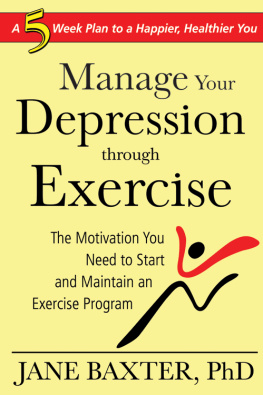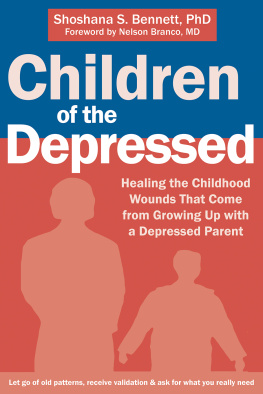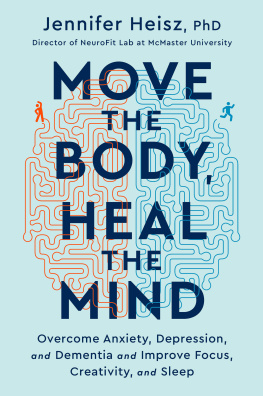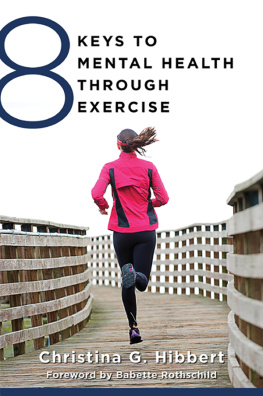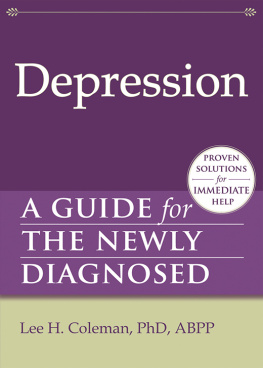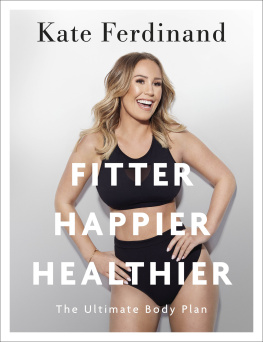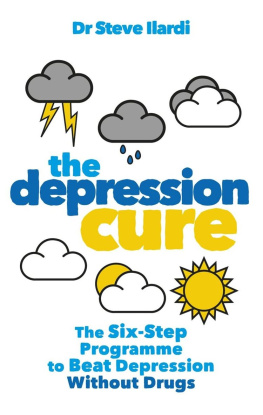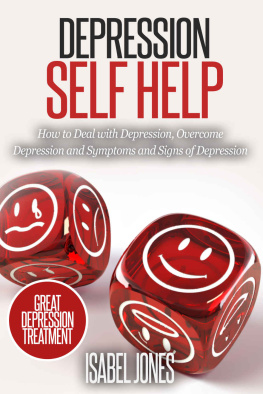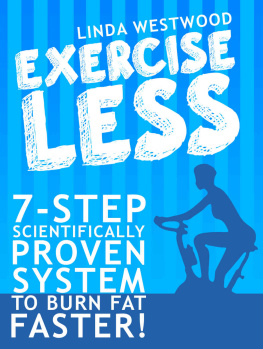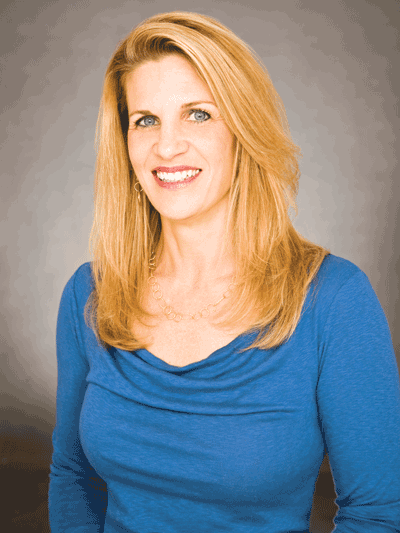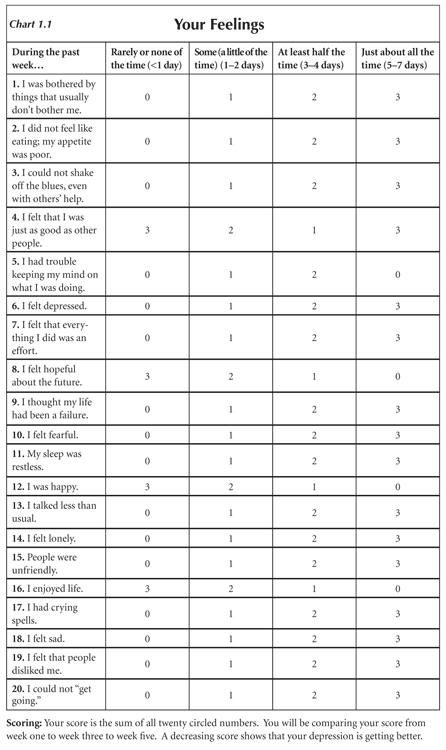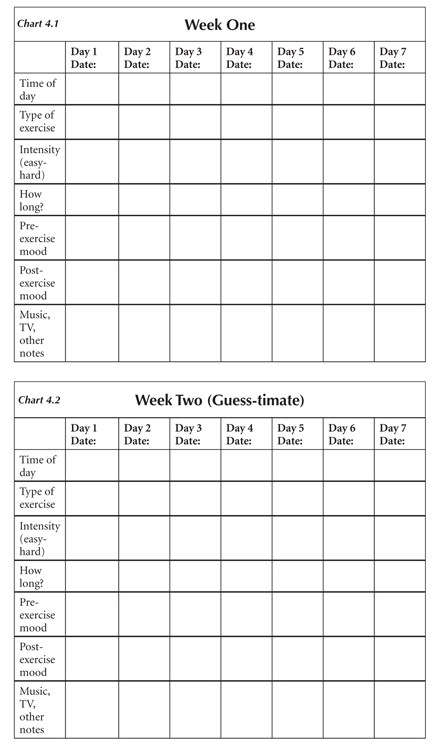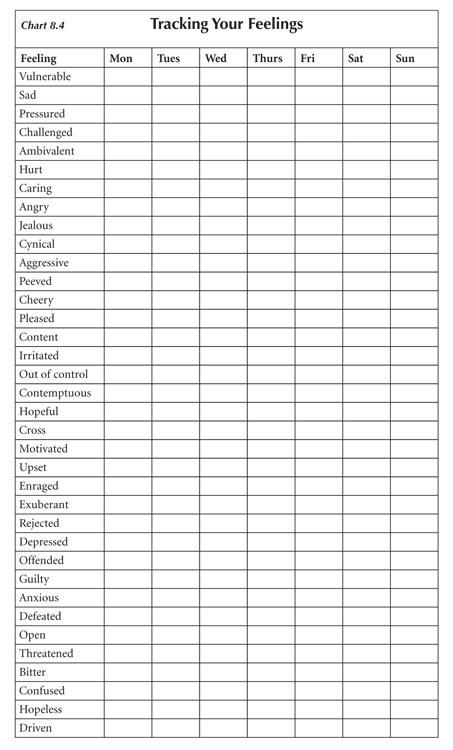Acknowledgments
Many thanks are owed to my family and friends who have supported me and given me assistance in preparing this book. My experience with the team at Sunrise River Press has been nothing short of extraordinary. Their faith in me as a new author and the ease in which we collaborated on this project have been true gifts. Throughout this book, I present vignettes as a means of illustrating how people can change and get better. Know that I have changed these stories and altered the identities of those described, focusing solely on the process of healing and how that may be beneficial to you, the reader. I am so fortunate to have worked with such amazing men and women who have walked through my office door. I am quite sure Ive gotten as much or more from the relationships as I hope they have found with me. It is, therefore, my pleasure to play it forward.
Jane Baxter shows a path out of depression using regular exercise... and empowers people to take more control of their recovery as they become healthier and happier.
Robert L. DuPont, MD
Author of The Anxiety Cure and The Anxiety Cure For Kids
The authoritative resource on exercise and its application to treating and preventing depressive symptoms and episodes... Dr. Baxters book is an essential part of
contemporary management of depression.
Roger S. McIntyre, MD, FRCPC
Associate Professor of Psychiatry and Pharmacolgy,
University of Toronto ;
Head, Mood Disorders Psychopharmacology Unit
Informative, well written... its a perfect take.
Joey Pantoliano
Grammy Award-Winning Actor,
President & Founder, No Kidding, Me Too!
www.nkm2.org
Jane Baxter combines her expertise as a therapist as well as her knowledge of regular exercise to show how persons suffering from depression may find a new approach to developing confidence and being able to change. Baxter paints an upward path to
overcoming negative feelings and moving beyond being a victim of the disease. I strongly recommend this book.
Dale Masi, PhD
Author of Shrink to Fit and
Productivity Lost: Alcohol and Drugs in the Workplace
Appendix B
For People with Disabilities
More 54 million Americans, or nearly 20 percent of the population, have a disability or activity limitation. Many individuals with disabilities have additional barriers that they must address that go beyond the more general excuses of not enough time or exercise is boring.
If you have a disability, I encourage you to learn more about how you can participate in an exercise regimen. I want to get the word out about how important it is to get regular exercise to maintain ones daily function and quality of life. A basic workout program will make a huge difference in your life on so many levels, physically and emotionally. It will also give you greater appreciation for your body and more self-confidence in your appearance.
Here are some motivational quotes that can certainly be related to physical activity and improved health. Find your favorite and write it on an index card that is strategically placed around your home.
Unless you try to do something beyond
what you have already mastered, you will never grow.
Ralph Waldo Emerson
Perseverance is not a long race; it is many short races, one after another.
Walter Elliott
You dont have to change that much for it to make a great deal of difference. A few simple disciplines can have a major impact on how your life works out in the next 90 days, let alone in the next 12 months or next 3 years.
Jim Rohn
Youve got to get up every morning with determination
if youre going to go to bed with satisfaction.
George Horace Lorimer
Look at a day when you are supremely satisfied at the end.
Its not a day when you lounge around doing nothing,
its when youve had everything to do and youve done it!
Margaret Thatcher
Tips
Learn more about exercise and how you can be active. Past frustrations should not stop you from using a fitness center. Yes, there are barriers, but there are also solutions:
Surround yourself with people who support your new active lifestyle.
Remove things from your environment that tempt you to be less active or eat less healthy.
Determine activities that you enjoy doing instead of watching television (or other sedentary behaviors).
Reward yourself for a job well done.
Continually recommit to your decision to be more active.
Take note of how exercise makes you feel healthier and remind yourself of these things.
More and more, diverse groups of real people are using fitness centers, including older adults, people who are obese, and others who have never before exercised. These changing user groups are beginning to force fitness centers to offer a more welcoming environment for people with disabilities, but many owners and operators of fitness centers are still not aware of the barriers that make using their facilities difficult for people with activity limitations or disabilities.
Like other public places, fitness centers must provide equal access to their facility for people with disabilities.
The following are resources to help you work within your disability to get to the activities you believe you will enjoy:
Checklist for Readily Achievable Barrier Removal an easy-to-use
survey tool to help people identify barriers in their facilities www.usdoj.gov/crt/ada/checkweb/htm.
U.S. Access Board an independent federal agency that provides extensive information on ADA Accessibility Guidelines: http://www.access-board.gov
or (800) 872-2253.
ADA Accessibility Guidelines for Recreation Facilities: http://www.access-board.gov/recreation/final.htm
ADA & IT Technical Assistance Centers regional resource centers that provide information on the ADA: http://www.dbtac.vcu.edu/.htm
or (800) 949-4232.
Fitness Center Accessibility Resources
Access Equals Opportunity: Recreation Facilities & Fitness Centers: http://www.metrokc.gov/dias/ocre/fun.htm
National Center on Physical Activity and Disability a resource center that offers information on increasing access to exercise and fitness centers: http://www.ncpad.org

